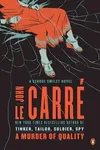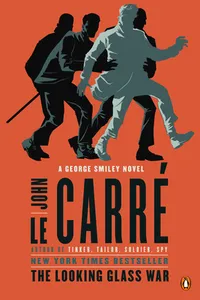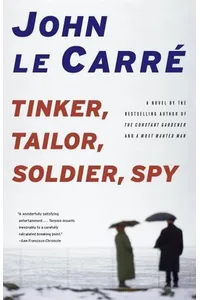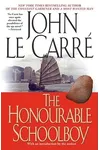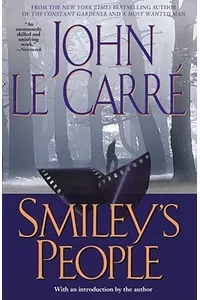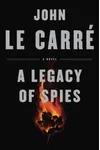Step into the shadowy, thrilling world of George Smiley, where espionage isn’t all fast cars and martinis—it’s a cerebral chess game of trust, betrayal, and Cold War intrigue! Created by the legendary John le Carré, the George Smiley series follows a brilliant yet unassuming British intelligence officer as he unravels secrets in a morally gray universe. If you’re craving a spy saga that swaps explosions for intellect, Smiley’s your man.
Across eight novels from 1961 to 1990, le Carré crafts a world where loyalty is a luxury and every move is calculated. Smiley’s not your typical hero—he’s short, bespectacled, and wrestling with a messy personal life—but that’s exactly why readers adore him. Let’s dive into this iconic series that redefined spy fiction!
How George Smiley Began
It all started with John le Carré, a former MI5 and MI6 officer whose real name was David Cornwell. In 1961, he introduced Smiley in Call for the Dead, blending his insider knowledge with a knack for storytelling. Inspired by the tense Cold War era and his own experiences, le Carré wanted to ditch the glamour of James Bond for something grittier—spies who wrestle with doubt and bureaucracy. Smiley, with his quiet brilliance, was born from that vision.
The character evolved over decades, reflecting le Carré’s growing mastery and the shifting geopolitical landscape. What began as a modest debut grew into a sprawling saga, cementing Smiley as a literary icon. It’s no wonder fans call le Carré the king of realistic espionage!
The Heart of George Smiley
The series boasts eight novels, but a few stand out as crown jewels. Call for the Dead (1961) kicks things off with Smiley investigating a suspicious suicide, setting the tone for his understated genius. Then there’s Tinker Tailor Soldier Spy (1974)—the series’ masterpiece—where Smiley hunts a Soviet mole in British intelligence, delivering a slow-burn thriller packed with tension.
The Honourable Schoolboy (1977) sends Smiley to Asia to rebuild the agency’s reputation, while Smiley’s People (1980) caps the saga with a personal showdown against his nemesis, Karla. These books weave themes of loyalty, betrayal, and the psychological toll of spycraft, all set against the dreary backdrop of Cold War Europe. Le Carré’s style is dense yet gripping, trading gunfire for quiet conversations that hit harder than any punch.
Smiley himself is the series’ soul—a man of contradictions, brilliant yet broken, navigating a world where right and wrong blur. It’s this depth that hooks readers, making every page a puzzle worth solving.
Why George Smiley Resonates
The George Smiley series didn’t just entertain—it reshaped spy fiction. While Bond dazzled with gadgets, Smiley offered a raw, human take on espionage that critics and fans still rave about. Its influence echoes in modern works like Slow Horses and countless adaptations, including the star-studded 2011 Tinker Tailor Soldier Spy film. Le Carré’s focus on moral ambiguity and intellect over action carved a niche that’s timeless.
For readers, Smiley’s appeal lies in his relatability—he’s not invincible, just determined. Decades later, the series remains a gold standard, proving that a good story doesn’t need flash, just heart and brains.
- About George Smiley:
- Eight novels, published 1961–1990.
- Created by John le Carré, a real ex-spy.
- Won multiple awards, including the 1974 Edgar Award for Tinker Tailor Soldier Spy.
Ready to trade gadgets for mind games? Grab Call for the Dead and step into George Smiley’s shadowy world of espionage brilliance!

